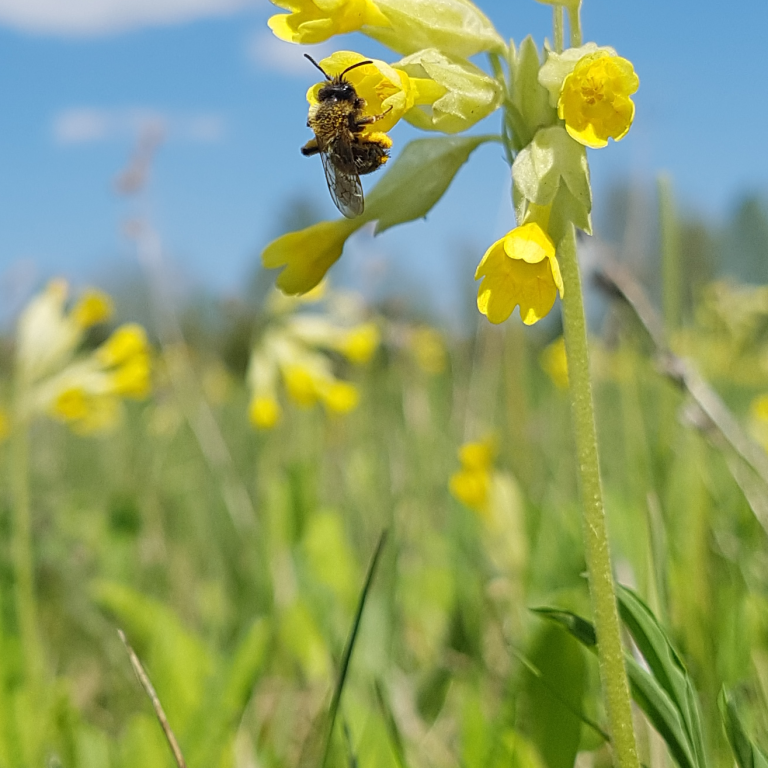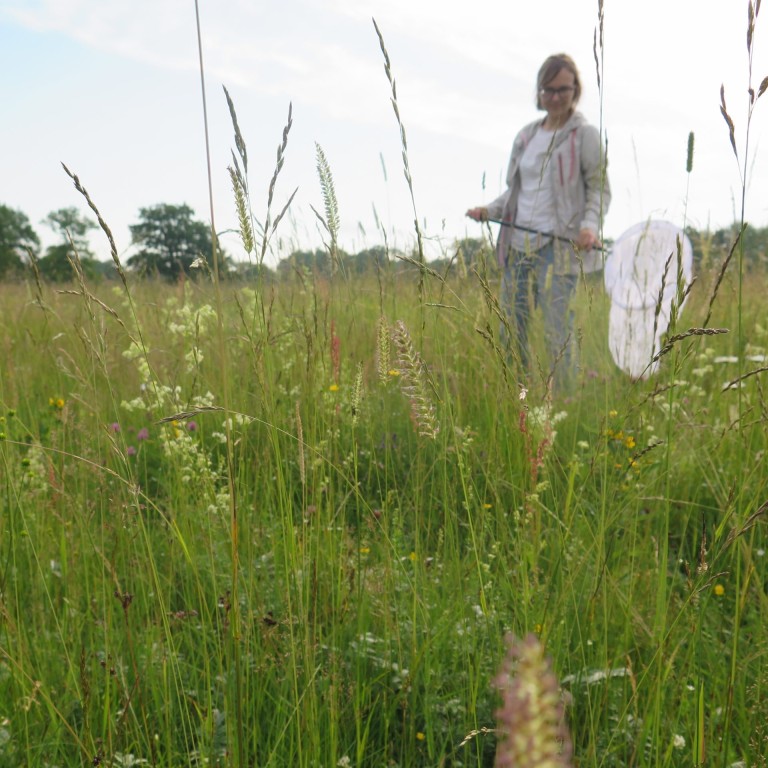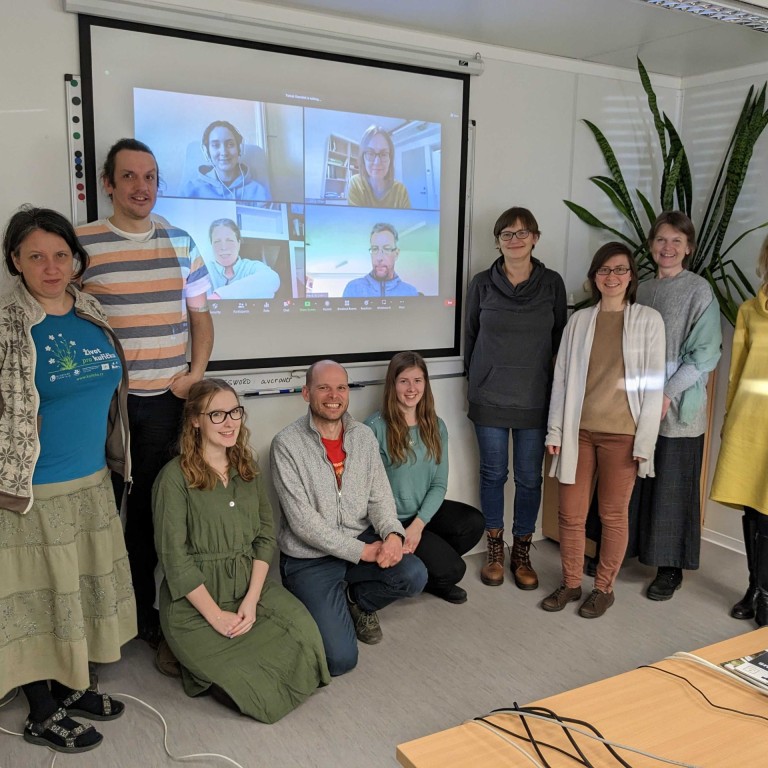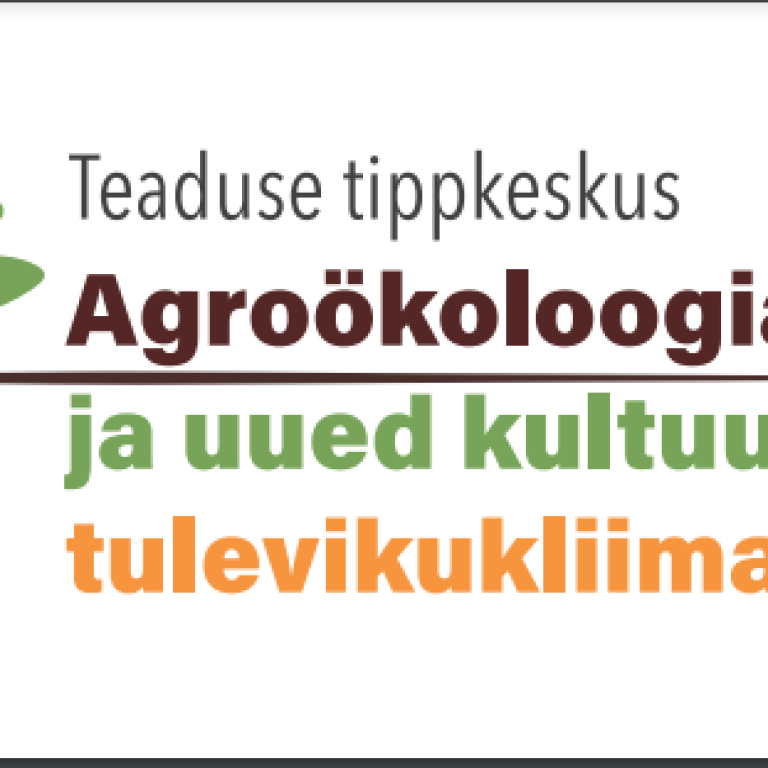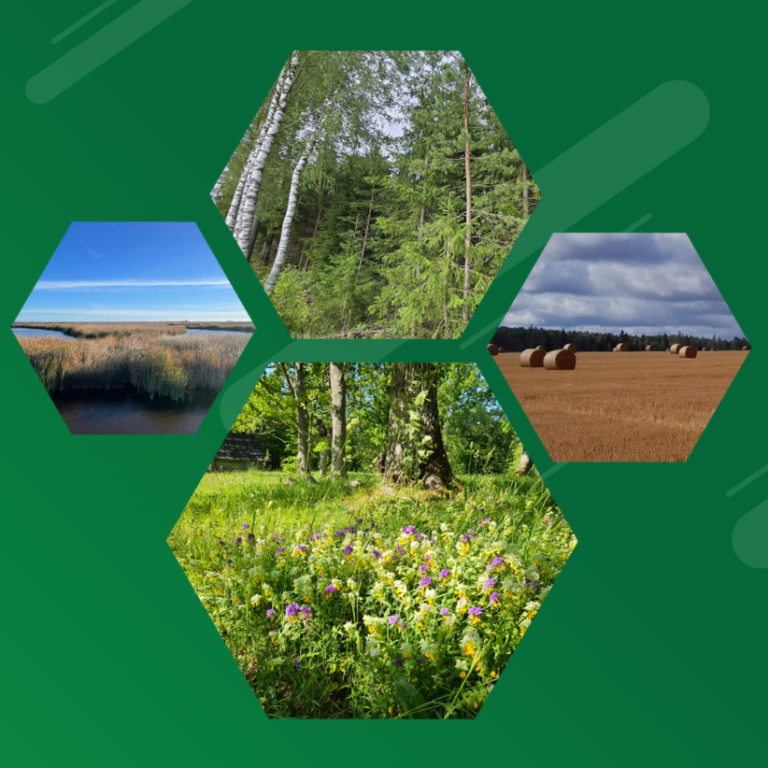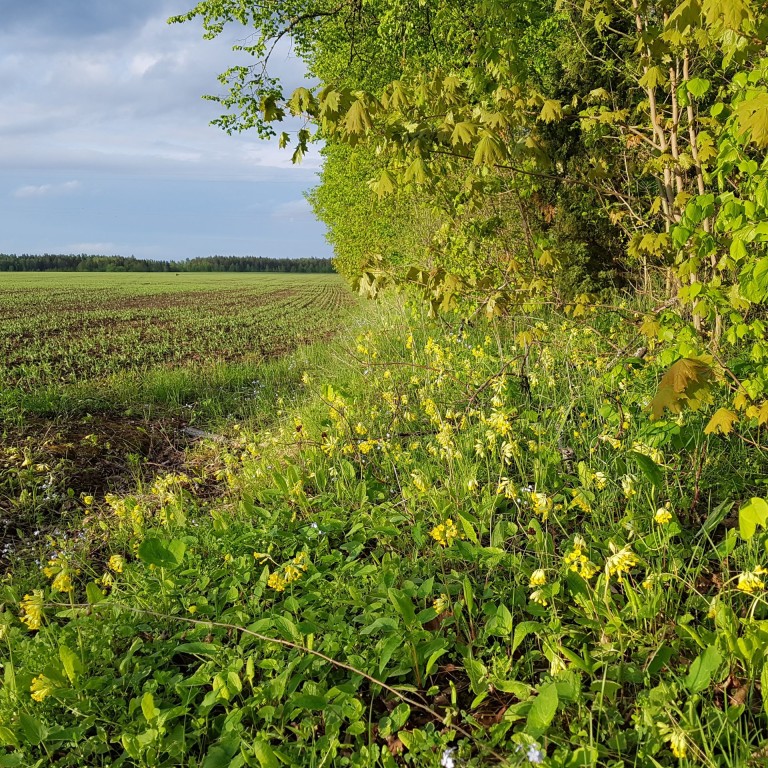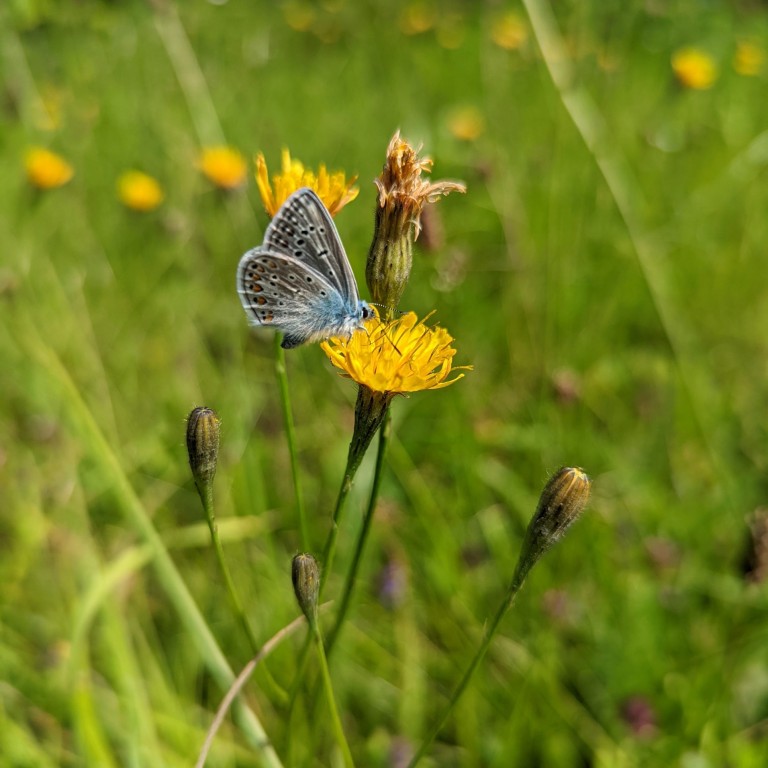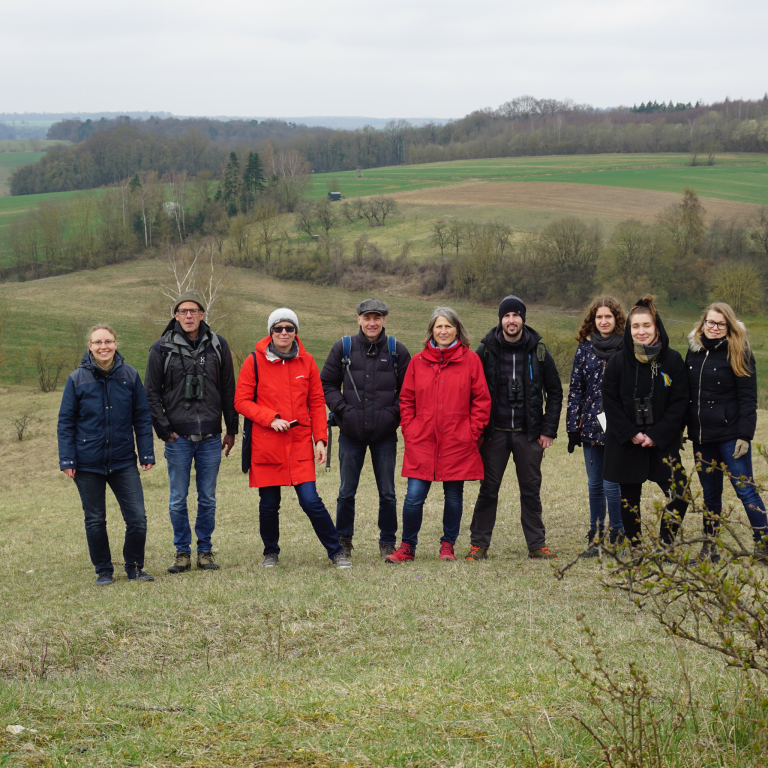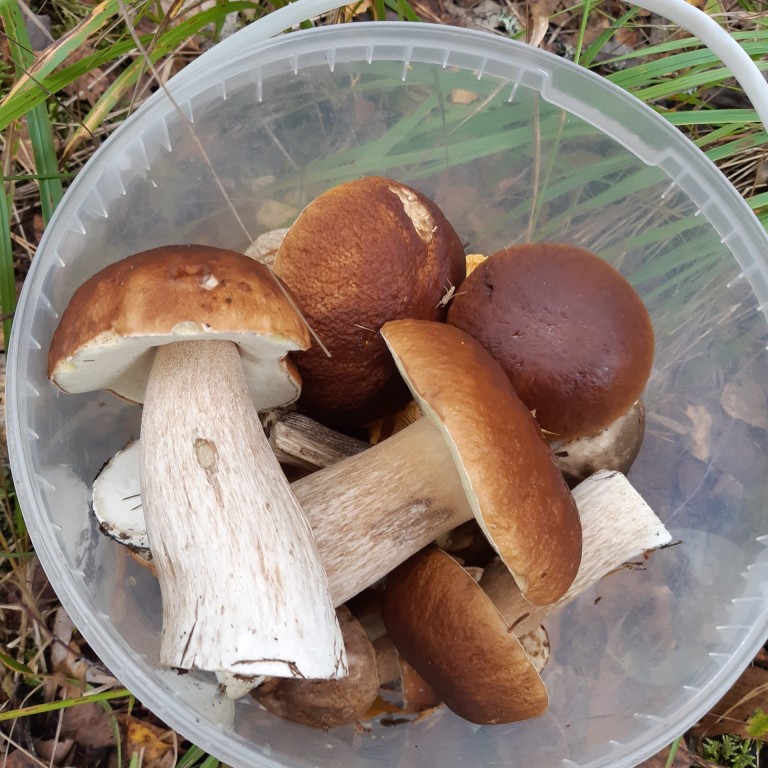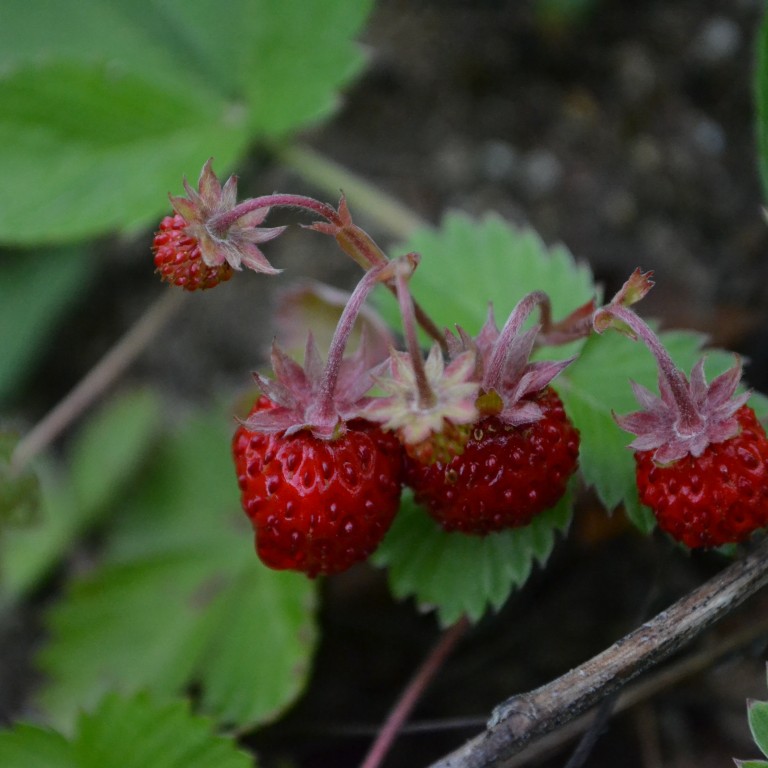Improving the Functional Connectivity of Grassland Networks for Plant-Pollinator Interactions (FuncNet)
Loss in the area and connectivity of natural and semi-natural habitats in Europe over the last hundred years has placed not only numerous species under threat, but is also jeopardizing interactions between species crucial for maintaining important ecosystem functions, such as pollination. Despite protected areas covering now about a quarter of the land area of European Union, biodiversity has continued to decrease with only a few exceptions, suggesting that bold biodiversity-oriented governance is required also in landscapes beyond protected areas. Landscapes surrounding "islands" of the still well-preserved habitats and protected biodiversity hotspots have to support exchange of individuals and genes between isolated plant and animal populations. Maintenance of such functional networks is vital for preserving genetic variation of populations, which, in turn, is necessary for adapting to climate change.
The joint project called FuncNet led by the University of Tartu and consisting of researchers from Belgium, the Czech Republic, Germany and Sweden will improve understanding of the spatio-temporal effects of the area and structural connectivity of semi-natural grasslands - the hotspots of European biodiversity - on various aspects of plant-pollinator interactions in European rural landscapes.
The area and connectivity of the historic, exceptionally diverse grassland habitats considered in the project have been greatly reduced over the course of a century due to changes in land use, threatening the functioning and resilience of plant-pollinator networks.
Together with partners, the researchers of the University of Tartu's Landscape Biodiversity workgroup will study:
- the effect of both current and historic landscape characteristics in the study regions on plant and pollinator diversity in structurally well-connected and fragmented grassland systems;
- focusing on both good-quality grassland patches as well as on other landscape elements (small grassland remnants, grassy verges, power-line clear-cuts) to determine the role of these elements in supporting plants, pollinators and their interactions;
- the availability of floral resources for pollinators by carrying out pollen metabarcoding studies;
- pollinator visitation, fitness, genetic diversity and gene flow of an insect-pollinated self-incompatible grassland plant to further clarify the functioning of plant-pollinator interactions in maintaining the well-being and adaptive potential of insect-pollinated wild plants;
- the main stakeholder groups and explore what are their motivations and options to plan and manage remnant and marginal landscape elements in a biodiversity-friendly way.
Building on the results, the project will propose tools to maintain sustainable levels of biodiversity at landscape, community and genetic level through securing resilient plant-pollinator interactions, and will aim to propose win-win solutions for different stakeholder groups in supporting plant-pollinator networks of European rural landscapes through improved multi-actor governance.
Principal investigator: Tsipe Aavik
Partners: Czech Academy of Sciences, Martin Luther University of Halle-Wittenberg, Swedish University of Agricultural Sciences and Catholic University of Leuven
Funding: Biodiversa+ / Ministry of Environment
Project volume: 150 000 euros
Duration: 01.03.2023–28.02.2026
See also the the project description in ETIS
